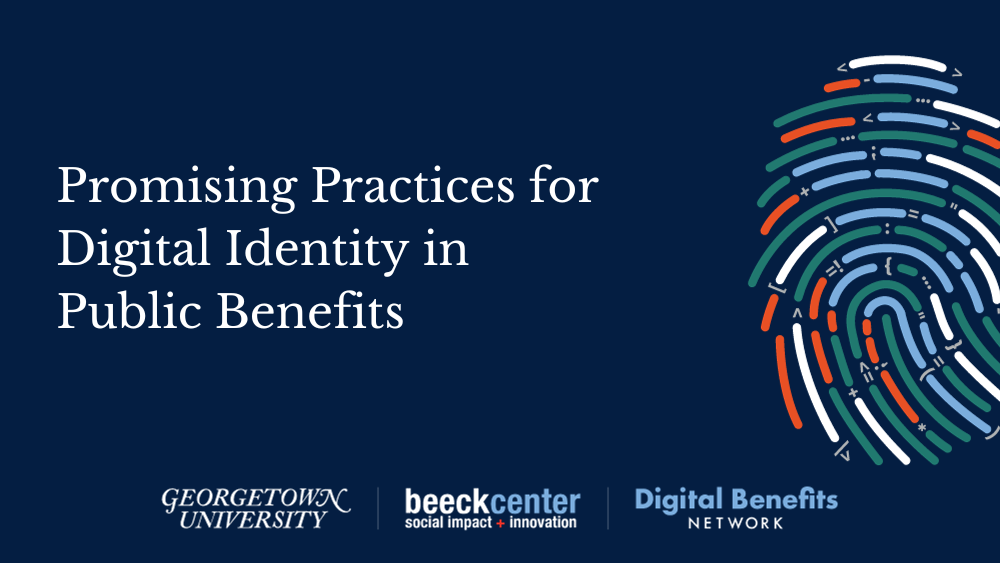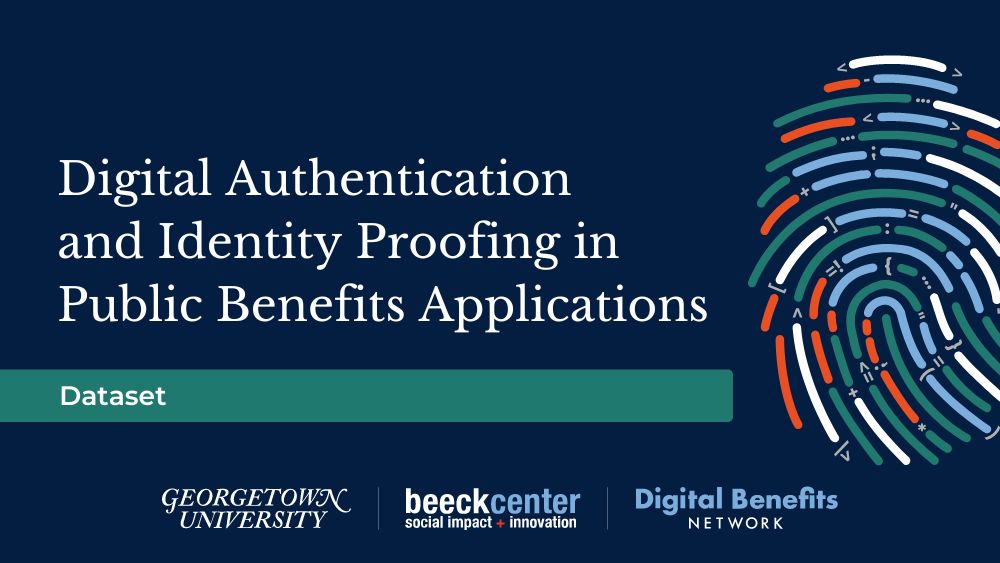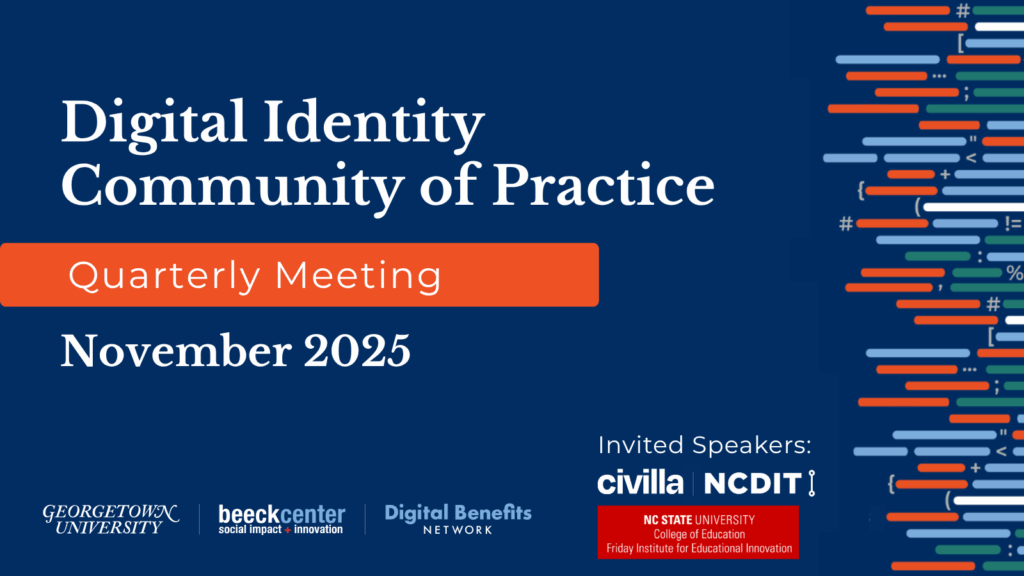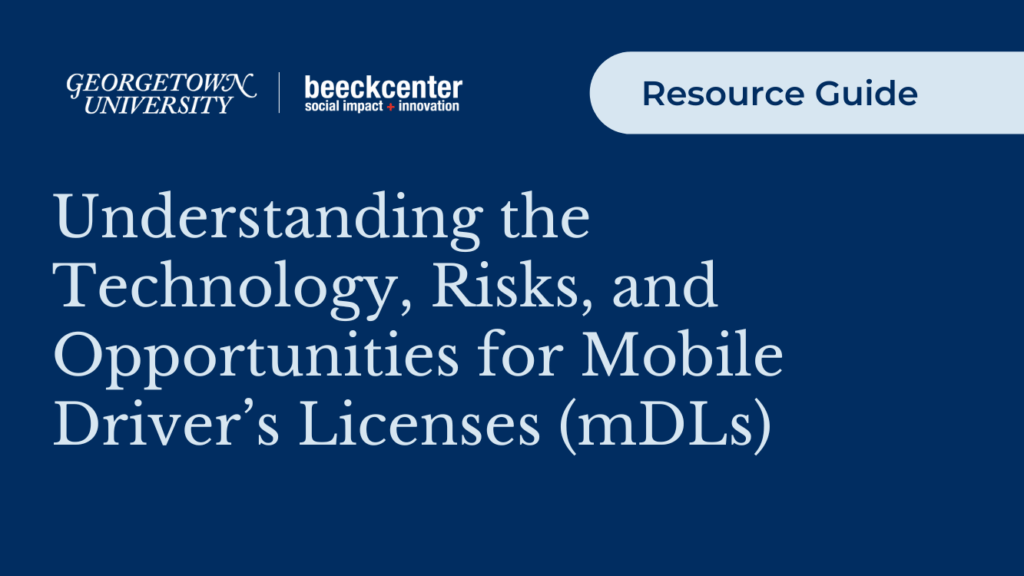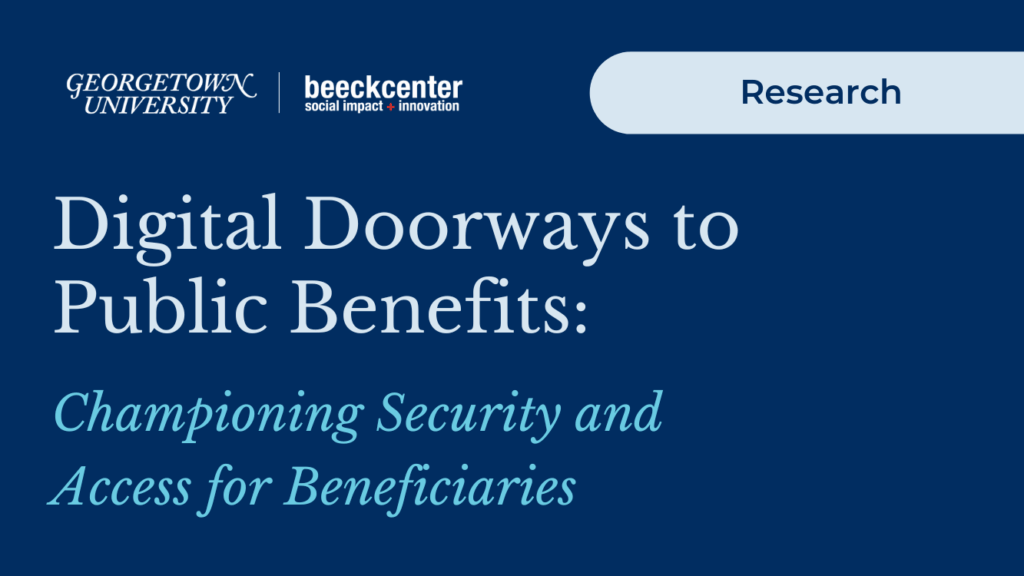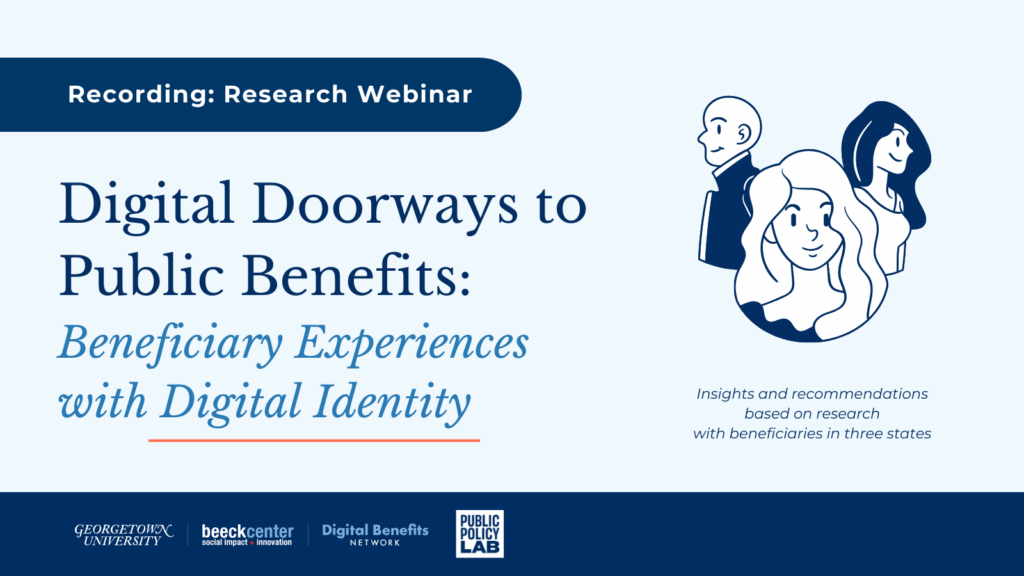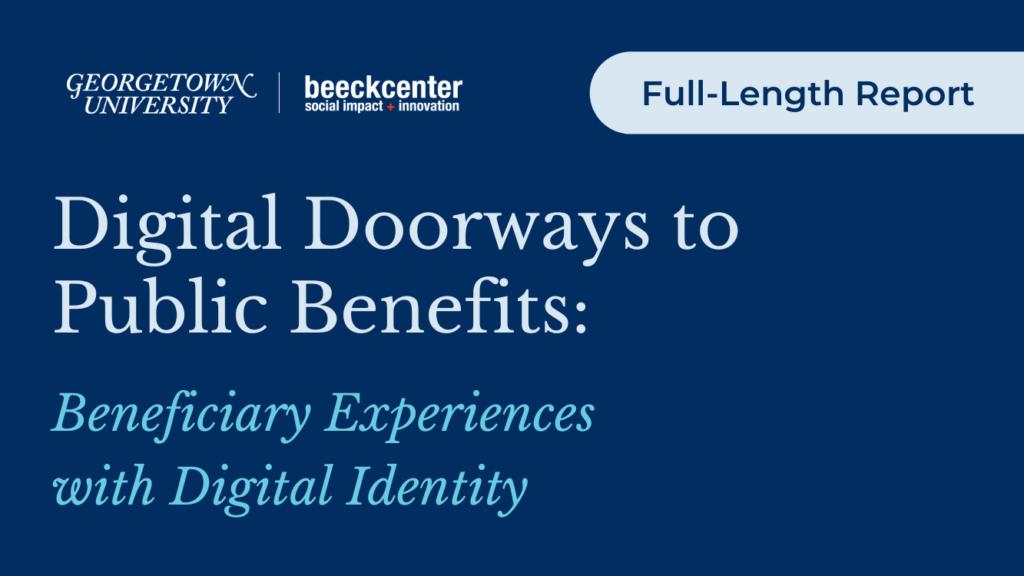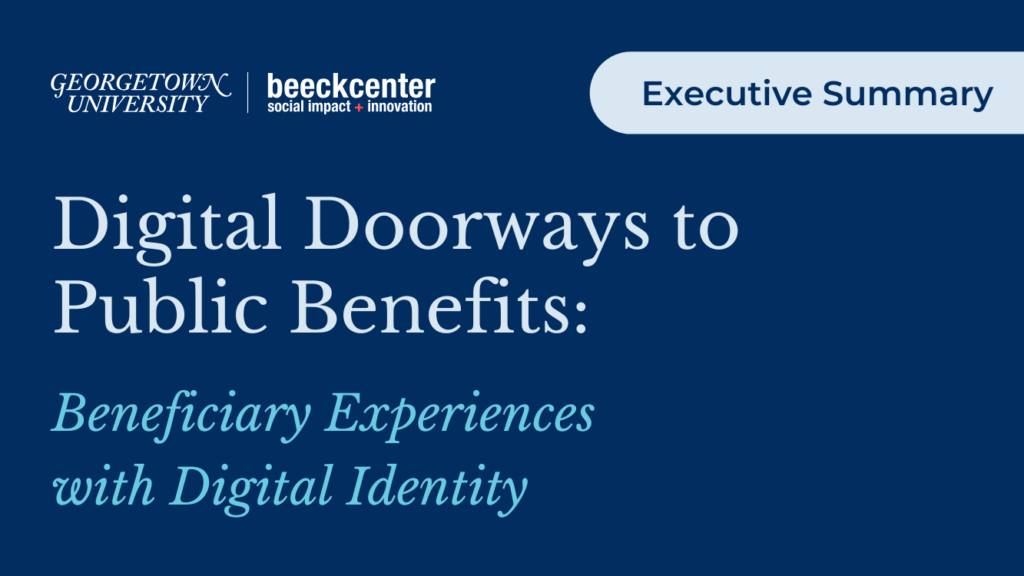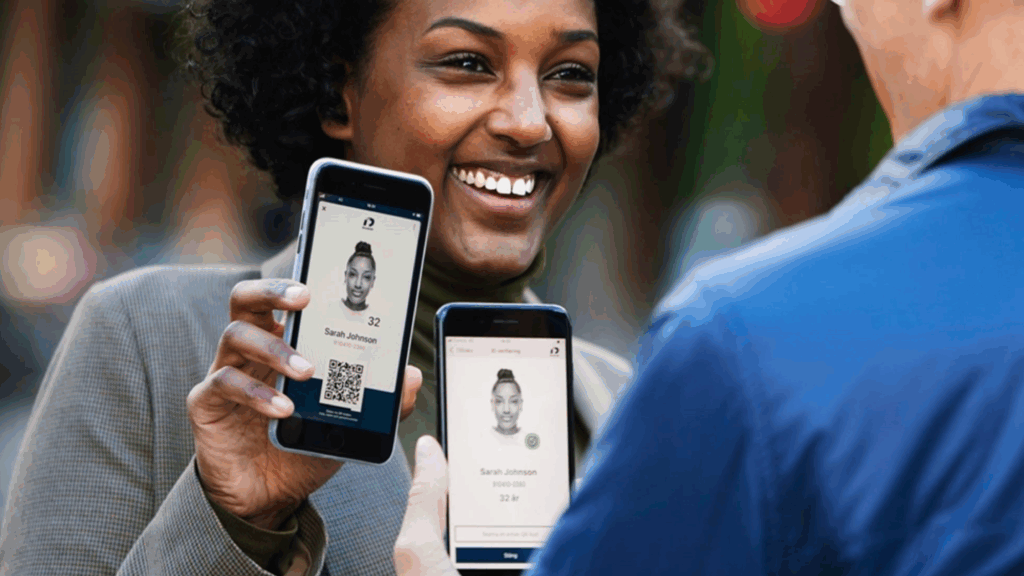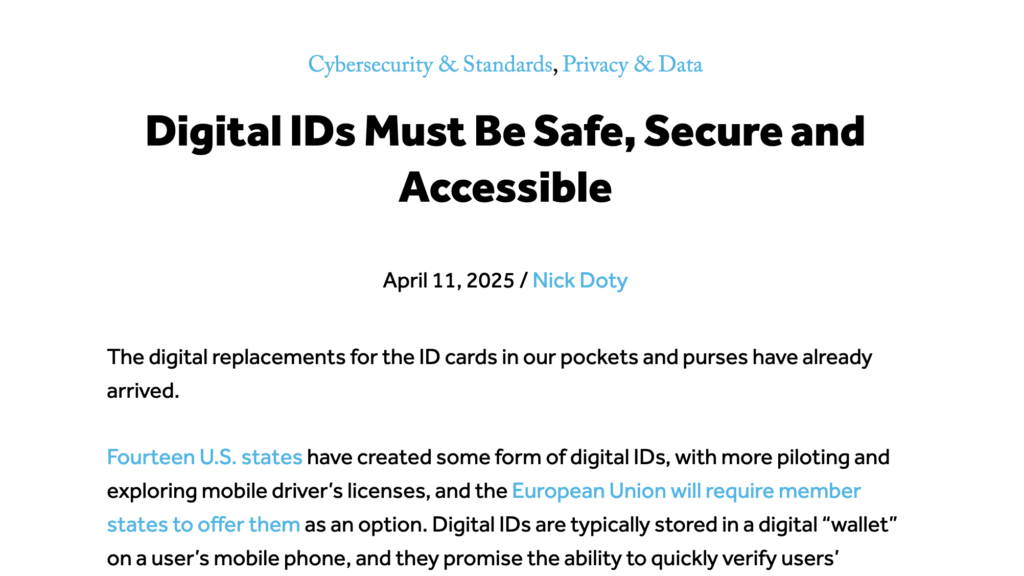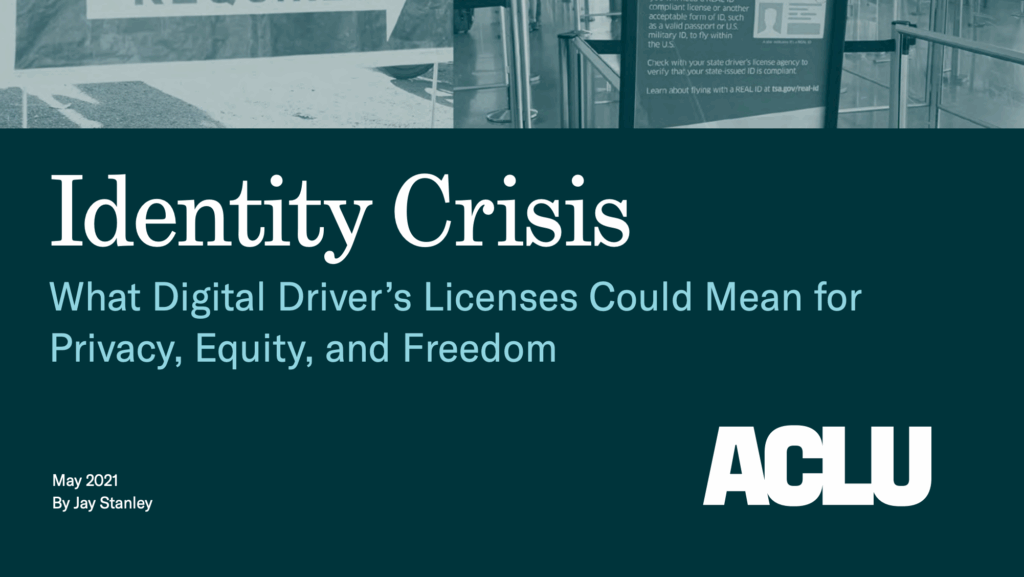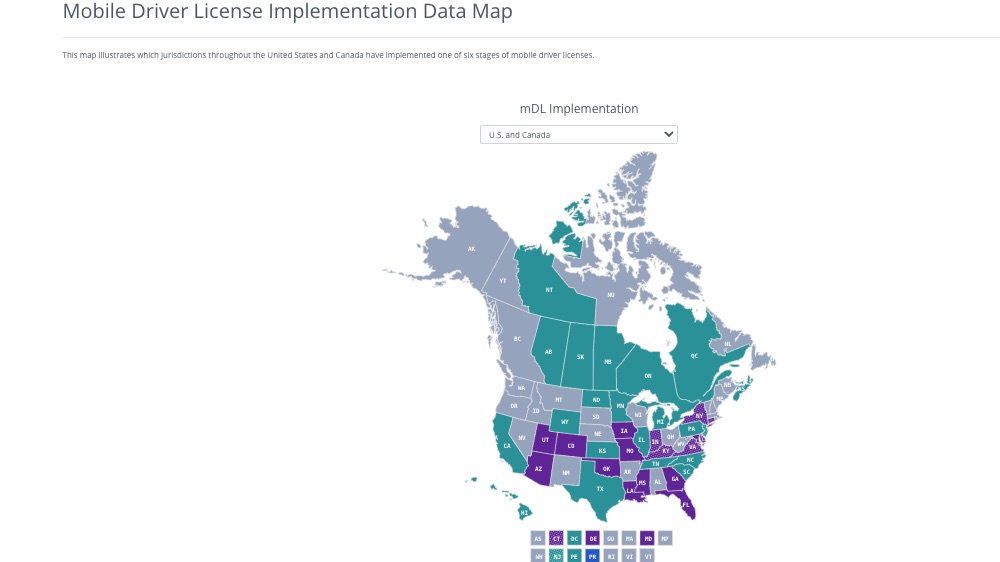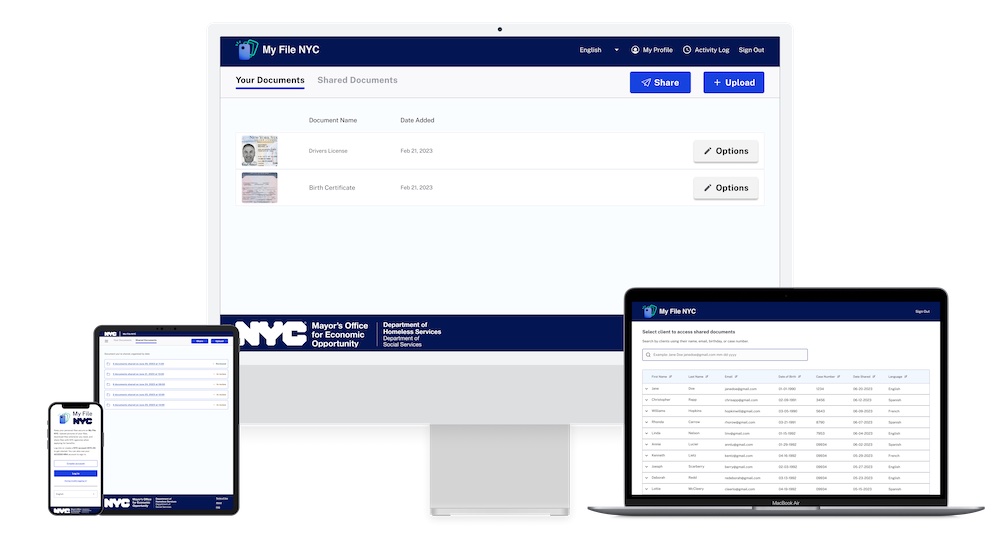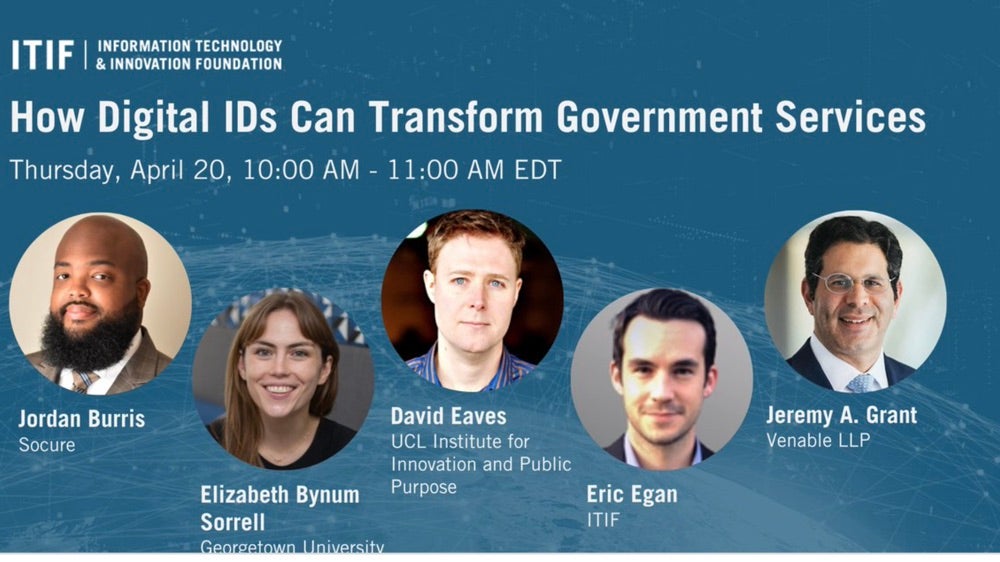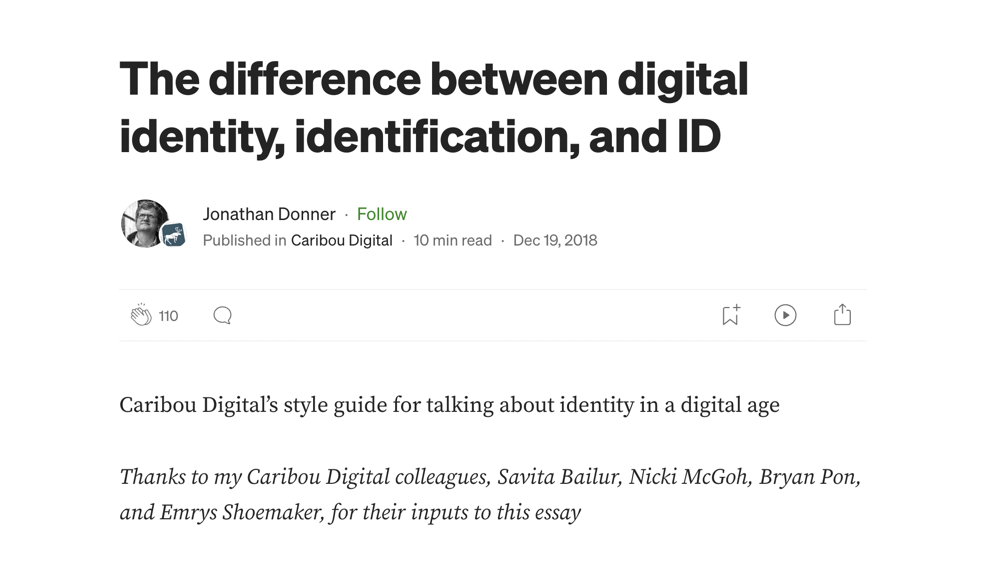Digital Identity
People across the U.S. use online systems to access government services. How agencies design and implement online log-in systems and identity proofing requirements shapes how residents access services, which presents equity issues and impacts staff workload.


Balancing access, privacy, and security.
For government, approaching digital identity involves balancing multiple priorities around access, privacy, and data security.
In addition to ensuring members of the public can access services in a timely manner, agency staff must also consider how to implement strategies that are tuned appropriately to a given context, and not overly burdensome or inequitable. Successfully navigating these challenges and implementing user-friendly online log-in and verification systems can improve privacy and data security while promoting access to services.
On this page, you’ll find resources to help your organization design and enact efficient, equitable digital identity practices.
Subtopics
Explore our 3 digital identity subtopics below.
Authentication + Accounts
Identity Proofing
Verifiable Credentials
How to Get Started
We recommend these resources as a starting place for approaching digital identity in the delivery of government services.
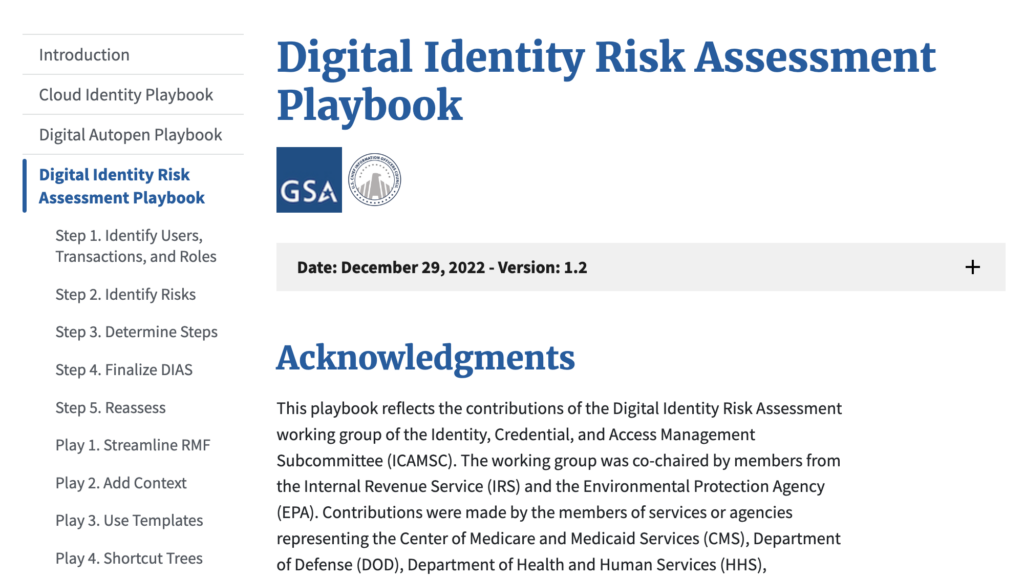
Digital Identity Risk Assessment Playbook
This playbook is a method to apply the National Institute of Standards and Technology (NIST) Special Publication 800-63-3 Digital Identity Guidelines.

What is Digital Identity?
In this updated primer, the DBN introduces the concept of digital identity, and provides brief snapshots of digital identity-related developments internationally and in the U.S.
Join the Digital Digital Identity Community of Practice
Convened by the DBN, the mission of this Community of Practice is to promote the delivery of public benefits to all eligible individuals, including vulnerable populations, by informing how digital identity approaches should be used in public benefits delivery.
Digital Identity for Public Benefits

Digital Identity in Public Benefits
In this updated primer, the DBN describes how identity proofing and authentication show up in public benefits applications and outlines equity and security concerns raised by common identity proofing and authentication methods.
Discover All of Our Digital Identity Resources
Below you can see the latest items and the most popular. Click View More to see all resources and examples.

